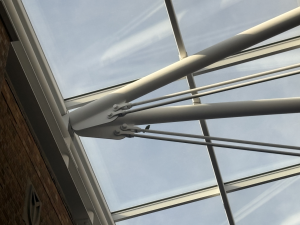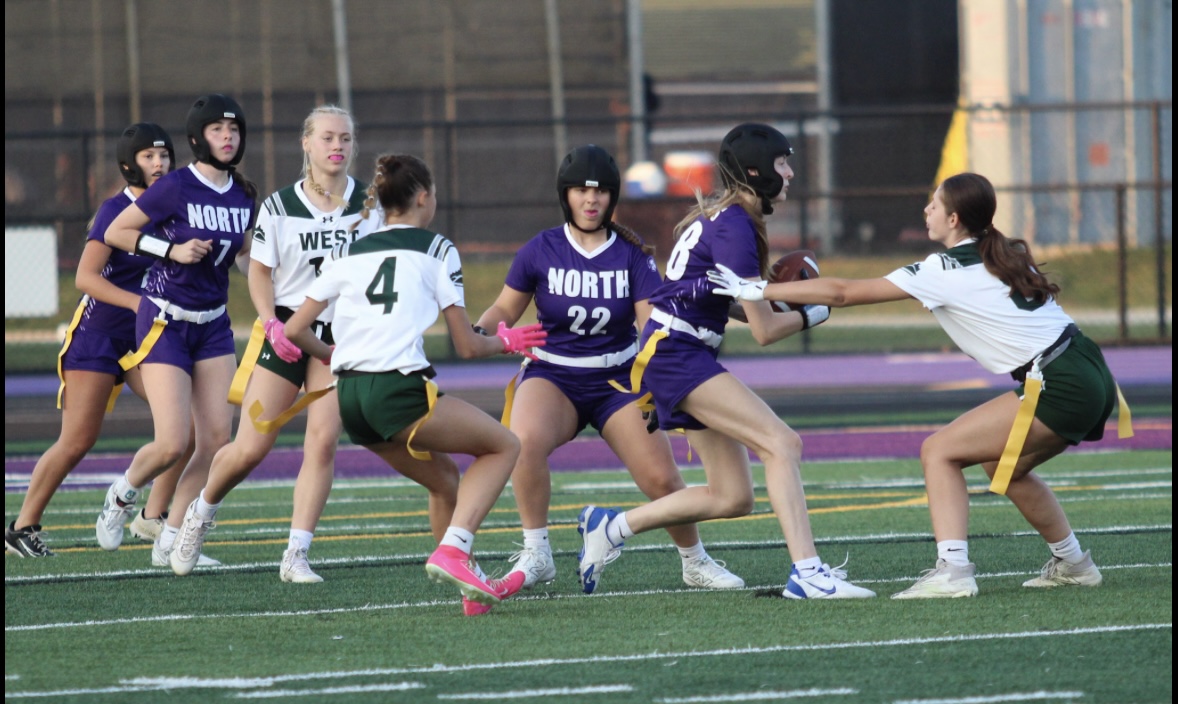Reconfigure High School Safety and Emergency Drills
May 13, 2022
A lot of facets of high school can feel repetitive to many students. Especially during the middle of the school year, kids can feel caught up in a cycle, doing seemingly ineffective work, week after week, with no end in sight.
This same repetitiveness can be used to describe the emergency drills that are conducted every year. While our safety is undoubtedly important, how well do the drills that we do really prepare us for if there was an actual emergency?
Yes, it is important to know where to go if there is a fire while in class. And if an intruder is in the building, students and staff need to know whether to leave their classrooms or stay in them, and how to respond if the threat enters their presence. But it doesn’t seem like the drills we do put us in the best position to be safe in the case of an emergency.
Immediately after a fire drill, every member of the school walks right back into the school and resumes class as if nothing happened. This makes enough sense, considering there is no real fire, but what are we to do if there is a real fire? It isn’t made clear. It certainly seems like we shouldn’t go back into the building. But if the fire happens early in the day, it also isn’t reasonable to stand outside on the football field all day.
And if we’re supposed to just leave, how can the school be sure that every student is accounted for? Even if they try to take attendance, it is very easy for students to get lost. Especially if there is an emergency and people are starting to get worried.
I recall an instance in seventh grade learning about the Cold War, and the training that all Americans went through to learn how to be safe in the case of a nuclear attack. My entire class mocked the video from the 1960’s in which a family of four hid under a picnic blanket because there was supposedly a nuclear bomb headed for their area.
Our current safety drills are obviously more effective than hiding under a blanket, but what do elementary students gain from putting their heads against lockers for a “tornado drill?” I find it hard to believe that the best course of action in a tornado is to leave the room you are in for an open hallway and then lie down on the ground.
It is important for students and staff members to be prepared for an emergency. That is undeniable. But the way drills are conducted now feels like an ineffective attempt at doing so, and a waste of class time, more than anything. There needs to be a more engaging way for people in schools to learn what to do if they ever find themselves in danger.

























